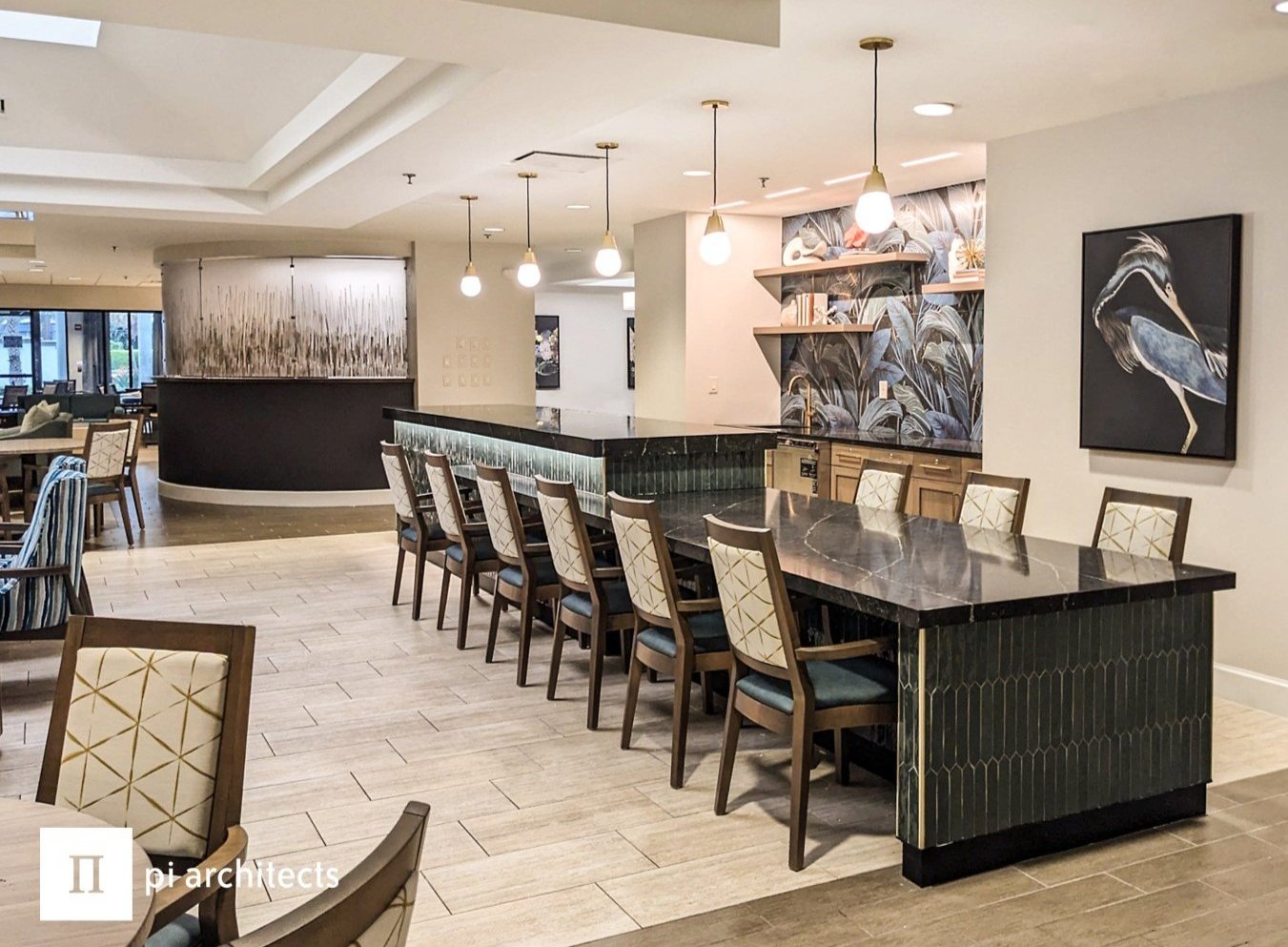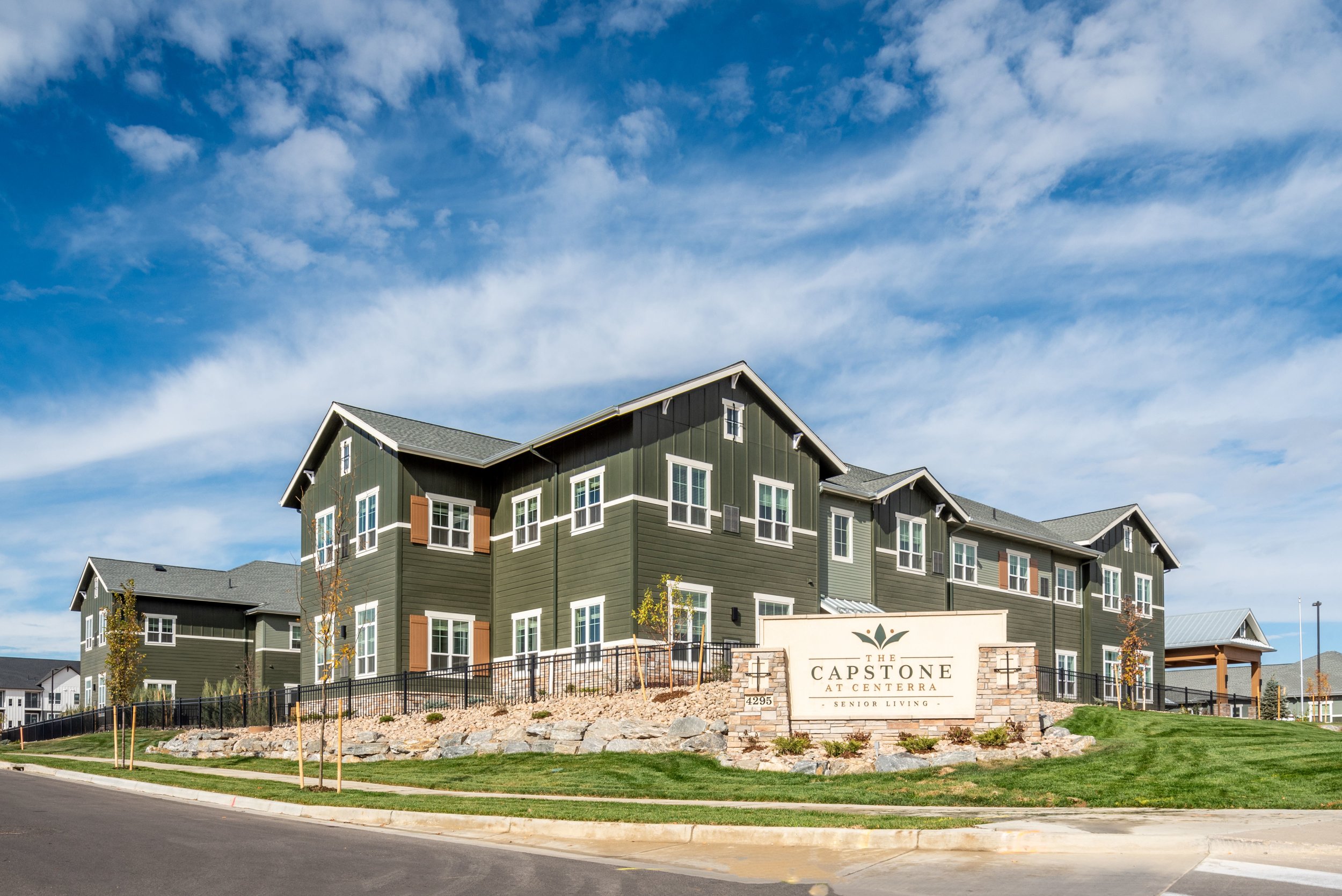Choosing a senior living architect: three points to remember
90% Occupancy. That’s a NIC MAP Market Fundamental data point on the state of senior housing from Q1 2016. Senior housing is past recovery and well into a national growth phase. (1)
Right along with those numbers, architecture firms are expanding their services to include design for older adults. Many bring expertise, creativity and sophistication that could position your new community for success. The challenge is to select a firm that promises design solutions that are not only attractive, but that support senior living residents’ unique physiological needs.
Get the conversation started with these three design factors for older adults:
What is your process for integrating indoor and outdoor spaces?
Landscape has the potential to be a sales ambassador and a wellness partner. It can even be a staff recruiting and retention tool. Making the most of your outdoor connections can set you apart from the competition.
From indoors, strategic design attempts to draw resident and visitor attention outside, first coaxing them toward transition areas, then outside to feature courtyards. Large windows help this process to happen spontaneously. In memory care, it’s even more important for operators to attract residents toward a secure enclosure while de-emphasizing main entry doors.
Older eyes take longer to adjust to changes in light levels. Progressive transitional areas give residents support and encouragement to venture outdoors. Look for evidence that your prospective designer understands the importance of transitional zones with a graduated approach to the bright outdoor sunlight. Sun rooms, deep porches, and highly visible, outdoor seating options all play a role. In our experience, this sort of fluid integration is most successful when architecture and landscape architecture can coordinate from day one of schematic design.
What influences your lighting design decisions? Time spent outside provides a veritable cascade of health benefits. The blend of indoor lighting is just as important to seniors' health. Insufficient light can contribute to depression, poor appetite and frightening shadows that might discourage residents from leaving their rooms.
Unfortunately, few nursing homes provide adequate light. This diminishes resident independence and increases reliance on staff. (2)
The solution isn’t a single, silver bullet, but a blend of illumination options and surface selections that complement different light sources and reduce glare.
It’s more than ambiance; evidence-based lighting design can help to regulate the circadian rhythm which may be upset by changes to the aging brain. Late-day confusion and agitation, known as sundowning, affects many with a dementia diagnosis. Brightly lit common areas, especially at dusk, are a top indicated measure to reduce sundowning symptoms in Alzheimer’s residents. (3)
How are you keeping up with senior living dining habits? Residents and their children are making decisions based on amenities, one of which is a similar assortment of dining options that they're accustomed to in neighborhoods and cities.
In response, owners and operators can choose to intersperse their communities with a variety of bistros, coffee shops and intimately scaled eateries. For the design team, one challenge is to incorporate everything from bistro to residential style dining in a way that works for dietary operations. Again, lighting is a factor. Residents who are able to see their food generally consume more calories.
At mealtimes, many operators who are moving toward resident-centered practices will encourage staff to transfer residents from their wheelchair into a dining chair. Are the specified chairs and tables sturdy, durable and designed for contact with delicate older skin? Just as dining rooms should be well-lit and on-trend, furnishing and material selections should be mindful of the intended population.
For all these reasons, it’s advisable to work with an interior designer specifically acquainted with the environmental requirements of older people.
With the population trend moving toward a boom in the next older generation, the need for new senior living communities is undeniable.
Every effort should be made to ensure that your new senior living designer has the experience and ambition to provide our next generation of residents with a better quality of life and even more opportunities to thrive.
1. NIC Data Property and Market Measures 1Q 2016 https://www.nic.org/nic-map/resource-center/market-fundamentals/
2. Lighting: Partner in Quality Care Environments https://www.pioneernetwork.net/Data/Documents/BrawleyNoell-WagonerLightingPaper.pdf
3. Sleep Issues and Sundowning, Coping Strategies http://www.alz.org/care/alzheimers-dementia-sleep-issues-sundowning.asp
Contact us here or call us at 512-231-1910














